Ride My Llama Neil Young & Crazy Horse
Rust Never Sleeps is the seventh album by Canadian American singer-songwriter Neil Young and American band Crazy Horse. It was released on June 22, 1979, by Reprise Records and features both studio and live tracks. Most of the album was recorded live, then overdubbed in the studio, while others originated in the studio. Young used the phrase "rust never sleeps" as a concept for his tour with Crazy Horse to avoid artistic complacency and try more progressive, theatrical approaches to performing live.
The album peaked at No. 8 on the Billboard 200 album chart and spawned the hit single Hey Hey, My My (Into the Black) that peaked at No. 79 on the US Billboard Hot 100 chart. It also included one of Young's most popular and critically acclaimed songs, the enigmatic Powderfinger. The album, along with Young's 1990 release Ragged Glory, has widely been considered a precursor of grunge music with the bands Nirvana and Pearl Jam having cited Young's heavily distorted and abrasive guitar style on the B side to this album as an inspiration.
After his final performance at the Boarding House on May 28, Young collaborated with the art punk band Devo on a cacophonous version of "Hey Hey, My My (Into the Black)" at the Different Fur studio in San Francisco. During the Different Fur studio session, Devo vocalist Mark Mothersbaugh added the lyrics "Rust never sleeps", a slogan he remembered from his graphic arts career promoting the automobile rust proofing product Rust-Oleum.
Young adopted Mothersbaugh's lyrics and created a new version of the song with Crazy Horse. He also adopted Mothersbaugh's lyrics for the title of his album as a metaphor about the hazards of complacency on his music career and the need to keep moving forward. The lyrics, "It's better to burn out than fade away", were widely quoted by his peers and by critics. In a 1980 interview with David Sheff from Playboy magazine, John Lennon was dismissive of the lyric and the song's reference to Johnny Rotten for what he interpreted as worship for the dead saying, "No, thank you. I’ll take the living and the healthy." In 1994, Kurt Cobain quoted the lyric in his suicide note.
The electric sets were recorded during the Neil Young/Crazy Horse tour in late 1978, with overdubs added later. Audience noise is removed as much as possible, although it is clearly audible at certain points, most noticeably on the opening and closing songs. The 1978 tour featured an abrasive style of guitar playing influenced by the punk rock zeitgeist of the late 1970s that Young saw as a wake up call for a rock music world which, in his opinion had become predictable and overdone. The electric sets provided a reenergized response to the punk rock revolution and, were in stark contrast from Young's previous, folk-inspired album Comes a Time.
Ride My Llama
Neil Young
Written by: Neil Young
Album: Rust Never Sleeps
Released: 1979
This version is:
previously unreleased version from Zuma sessions.
Neil Young – guitar, hand claps, vocal; Frank “Poncho” Sampedro – guitar, hand claps; Billy Talbot – bass, hand claps, vocal; Ralph Molina – drums, hand claps, vocal.
Recorded at House, Point Dume, CA, 5/22/1975.
Produced by David Briggs & Neil Young.
Neil Young Archives Volume II (1972–1976)
Disc 8 – Dume (1975)
Remember the Alamo
When help was on the way
It's better here and now
I feel that good today
I'd like to take a walk
But not around the block
I really got some news
I met a man from Mars
He picked up all my guitars
And played me traveling songs
And when we got on ship
He brought out something for the trip
And said, "It's old but it's good"
Like any other primitive would
I'm gonna ride my llama
From Peru to Texarkana
I wanna ride him good
In my old neighborhood
My old neighborhood
My old neighborhood
Old neighborhood
Old neighborhood
-
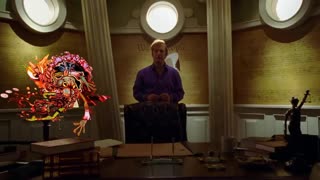 1:14:30
1:14:30
Psychological operations
15 days agoThe Bar And The God Stone Of Jacob's Pillow
188 -
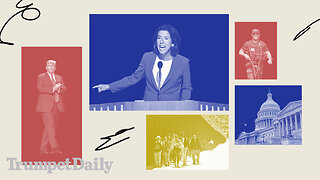 54:52
54:52
LFA TV
18 hours agoBiden Official Calls for Trump to Be ‘Extinguished for Good’ | Trumpet Daily 9.25.24 9PM EST
27.2K13 -
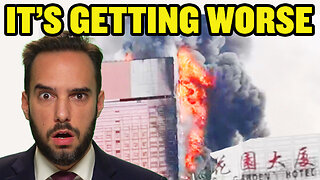 10:19
10:19
China Uncensored
4 hours agoChina's "Garbage Time of History" Gets Worse
28.7K16 -
 1:31:21
1:31:21
Glenn Greenwald
6 hours agoNew Poll: Dems Revere The Security State; DC Blob Begins To Accept Reality On Ukraine; New Focus Group Reveals Gap Between DC & Voters | SYSTEM UPDATE #341
72.9K93 -
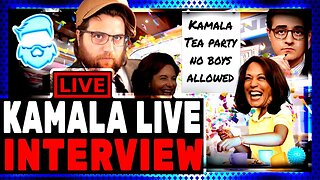 1:42:39
1:42:39
The Quartering
7 hours agoKamala Harris LIVE Interview Fact Check & Watch Party! 6:30EST!
74.7K40 -
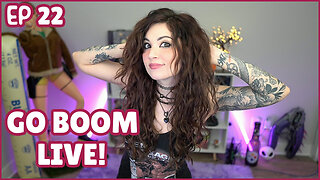 2:33:24
2:33:24
Melonie Mac
7 hours agoGo Boom Live Ep 22!
54.1K22 -
 59:54
59:54
The StoneZONE with Roger Stone
5 hours agoNo Drone Surveillance? Crazy Secret Service Failures In Trump Assassination Attempt | The StoneZONE
40.3K7 -
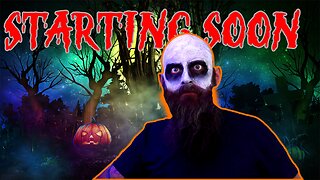 4:05:04
4:05:04
Tundra Gaming Live
8 hours agoThe Worlds Worst Horror Streamer Has Heart Attack Playing Phasmophobia
28.3K1 -
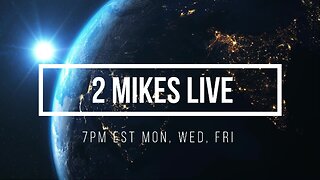 1:48:30
1:48:30
2 MIKES LIVE
13 hours ago2 MIKES LIVE #121 with Special Guest TOMMY JOHN!
31.9K3 -
 8:18
8:18
Chrissy Clark
8 hours ago“THINfluencer” Banned For Weight Loss Tips I Underreported Stories
34.6K21